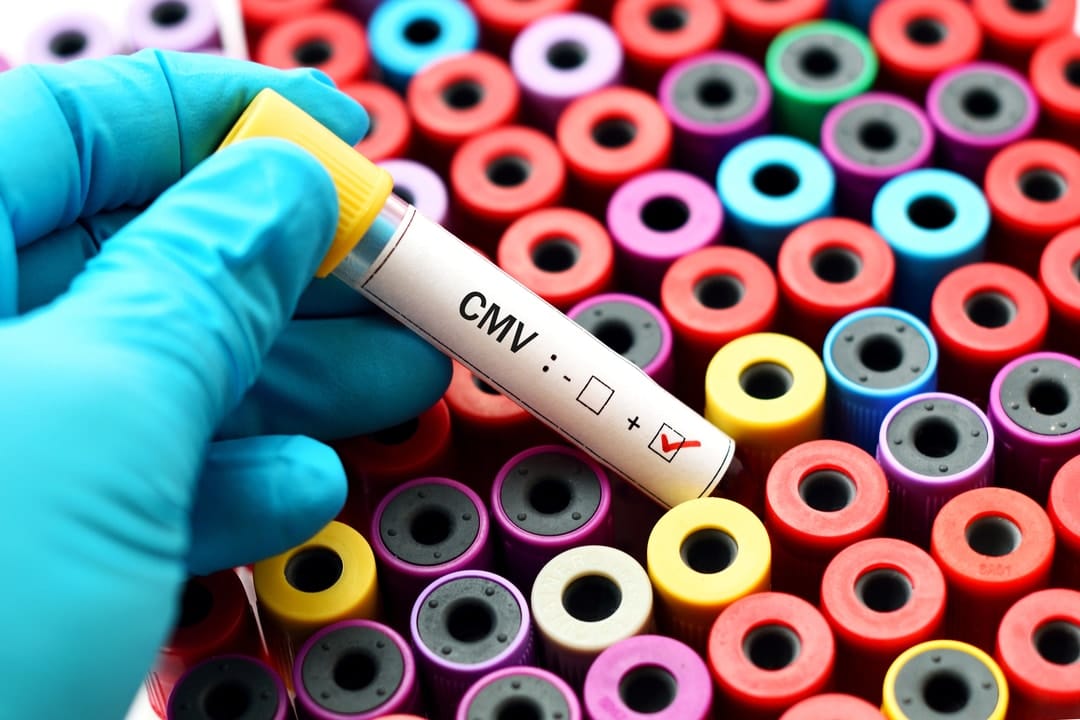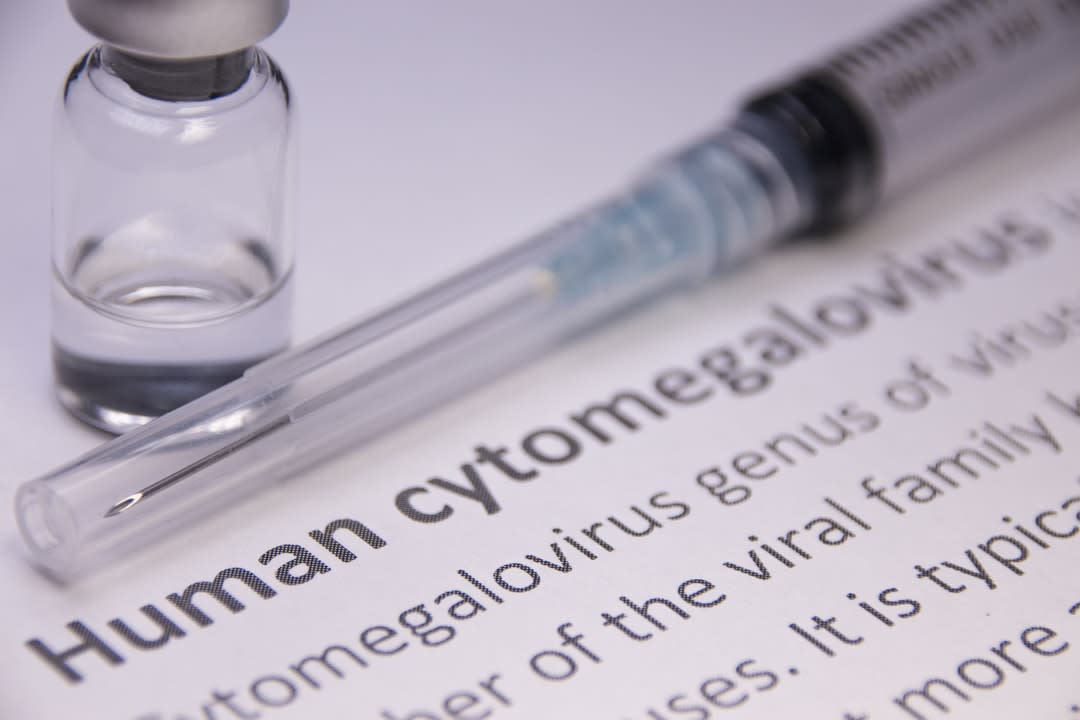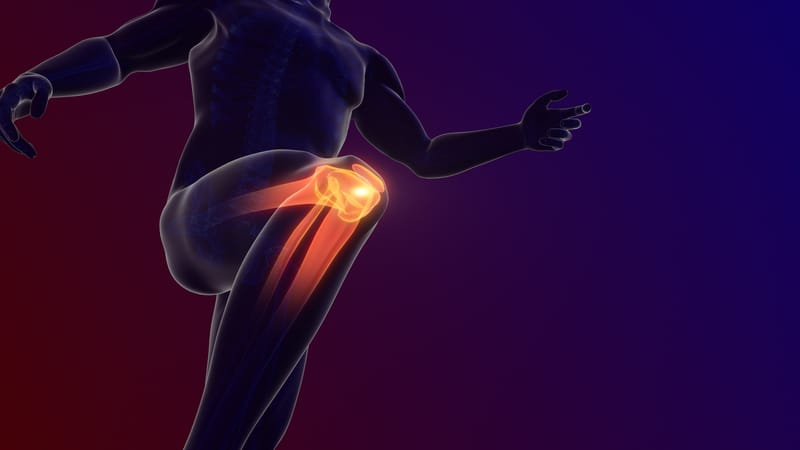
Turn the clock back, and Monash University’s Professor Mariapia Degli-Esposti is a schoolgirl in Bologna, Italy, the eldest of seven, her father a civil engineer, her mother an accountant. But her dream is to work in medicine.
The University of Bologna, in her home town, is the oldest university in Europe, founded in 1088. The historic School of Medicine became a faculty in the early 1200s, and became famous for advancing the emerging fields of surgery, anatomy, microscopes, obstetrics (babies), nerves and kidneys. This was all around the young student, and by the time the family moved to Perth in her last year of high school, she knew she wanted to study medicine.
“It’s so core to our existence, but there is always something new to think about and discover,” she says.
“I remember first learning about genetics. I still have my books! I spent hours thinking about how we exist, what keeps our bodies functioning. How do we stay free from disease? It is fascinating.”
Professor Degli-Esposti – now a professor and world-renowned researcher on the immune system – joined the Monash Biomedicine Discovery Institute (BDI) in January. She came from the Lions Eye Institute and the University of Western Australia in Perth.
As she joined Monash, research she had co-led was published in the highly regarded journal Science. Then last month it won the 2019 UNSW Eureka Prize for Scientific Research.
Monash BDI’s Dr Christopher Andoniou was also on the team that created a world-first pre-clinical animal model to examine how a virus called cytomegalovirus (CMV) affects its hosts after bone marrow transplantation, and how it can be stopped from causing disease.
A passion for research
The younger Mariapia, before all this, finished her Year 12 studies in the new surrounds of Perth and did well. She thought she might like to pursue a career in children’s medicine as a clinician, working in hospitals. But she realised that her passion was to understand what keeps us healthy, and so decided to become a medical researcher. She studied pathology and pharmacology, and “fell in love with immunology”, in which she began to specialise.
“What I was really interested in,” she says, “was changing things. Actually changing the course of diseases.”
And this is what has begun to happen. She's since worked at the top of her field in Seattle, and then Perth. Professor Degli-Esposti and her team have now discovered that, in pre-clinical models, antibodies can protect transplant recipients from the disease caused by cytomegalovirus (CMV) if they're matched to the infecting strain of CMV.
The virus is among the most common infections after a transplant and can cause disease, transplant complications, and life-threatening outcomes. In healthy people the virus is kept under control by the immune system and seldom causes disease. However, it's never cleared and remains in a state of dormancy for life. When the immune system is compromised, the virus can re-emerge (reactivate).

Medical estimates suggest up to 70 per cent of patients carrying CMV experience a reactivation in the first year following bone marrow (stem cell) transplantation. At least 10 per cent of these patients develop life-threatening diseases including pneumonia, gastro-intestinal problems and cognitive issues, as well as being at increased risk of graft failure.
The number of annual stem cell transplants in Australia has increased by almost 50 per cent in the past decade to approximately 2000 people each year.
“We need to be able to turn CMV off before it starts causing disease,” Professor Degli-Esposti says. Our best tools right now are anti-viral drugs.
“Anti-virals do work to some extent, but they are far from perfect,” she says.
“A big problem is their toxicity and the side effects they can cause. The second problem is that CMV is a master at adapting to survive. Once we put pressure on it by using an antiviral drug, it can mutate so as to escape the effectiveness of the drug. Then you have a virus in a different form which can no longer be controlled by your anti-viral drug.”
"I started working with this virus because I wanted to understand how you can be infected with a pathogen that can cause disease and never completely clear the infection."
Professor Degli-Esposti has been working with this common but problematic virus for more than 20 years. This particular research – into the components of the immune system that prevent viral re-emergence after transplantation – began almost 10 years ago. During this time, she's grown to think of CMV as “an immunologist’s best friend”. CMV, she says, shows the researcher how the immune system works.
“I started working with this virus because I wanted to understand how you can be infected with a pathogen that can cause disease and never completely clear the infection. How does CMV escape all the immune responses and continues to survive in the host?
“This is a virus that is in an intimate relationship with our immune system. If we understand how the virus establishes and maintains an equilibrium with the immune system, that allows it to survive without being eliminated, we are bound to learn important lessons about how our immune system works," she says.
“CMVs have survived with their hosts through evolution. What are the benefits? It is fascinating. Evolutionarily, these viruses must have conferred some advantage to their hosts, otherwise they probably wouldn’t have survived with us for this long.
“Did they help us mount better responses to other pathogen, other diseases? Do they still confer an advantage, or may they now be causing unwanted inflammation? There is so much more to learn from the détente between CMV and the immune system.
“The virus,” she says, “keeps telling us what we really need to know.”





